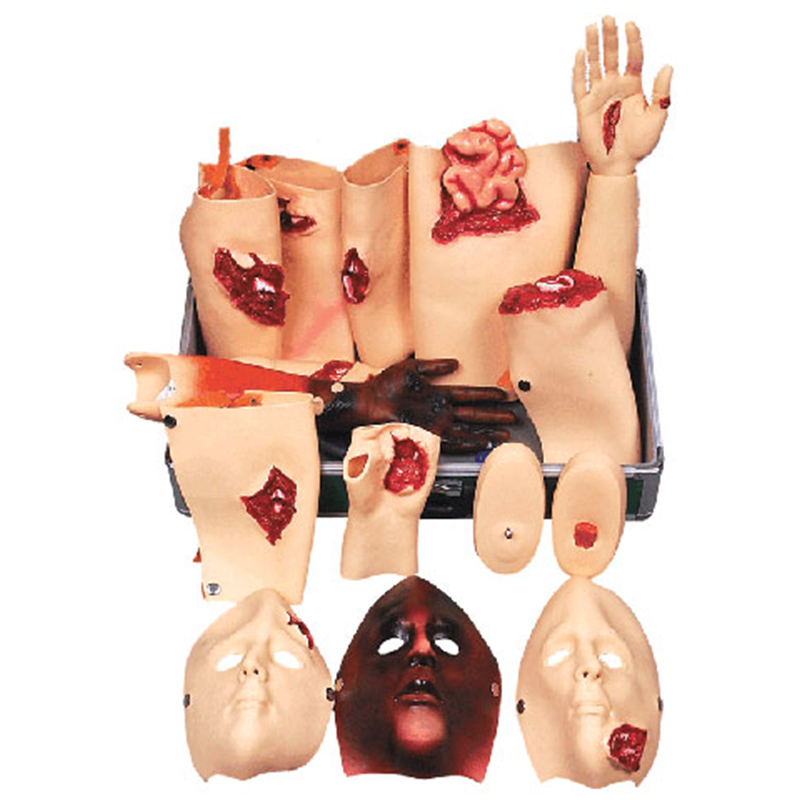26-04-2024
ADA MED SUPPLY LIMITED
With the rapid development of medical technology, trauma simulators have become increasingly prominent in medical education and first aid training. As an advanced teaching tool, the trauma simulator provides an ideal platform for medical staff to practice with its realistic simulation effects and flexible operability. In the future, trauma simulators will continue to play an important role and show broader development prospects.

First, trauma simulators will be more intelligent and sophisticated. With the help of artificial intelligence and machine learning technology, future trauma simulators will be able to simulate more complex and changeable conditions and trauma situations. They can not only simulate physiological reactions and disease changes, but also provide intelligent feedback and guidance based on the operations of medical staff. This intelligent simulation will help medical staff better understand the condition and improve the accuracy of diagnosis and treatment.
Second, trauma simulators will focus more on personalized and differentiated training. Different medical staff have different skills and experience levels, and future trauma simulators will be able to provide personalized training programs based on the actual situation of medical staff. By adjusting parameters such as simulation difficulty and disease type, trauma simulators can better meet the training needs of different medical staff and improve training effects. At the same time, this differentiated training model will also help cultivate more medical talents with professional skills and innovative abilities.
In addition, the trauma simulator will be deeply integrated with other medical technologies and equipment. With the continuous development of telemedicine, intelligent robots and other technologies, trauma simulators will be able to be combined with them to form a more complete first aid training system. Medical staff can remotely control trauma simulators to perform practical operations and achieve cross-regional first aid training and learning. This integration will help break geographical restrictions and improve the popularity and quality of first aid training.
Finally, the application fields of trauma simulators will also be further expanded. In addition to medical institutions, schools, communities, enterprises and institutions, etc. may also become application places for trauma simulators. This will enable more people to access and learn first aid knowledge and improve the first aid capabilities of the entire society. At the same time, as society's demand for first aid knowledge and skills increases, the market demand for trauma simulators will also continue to grow.